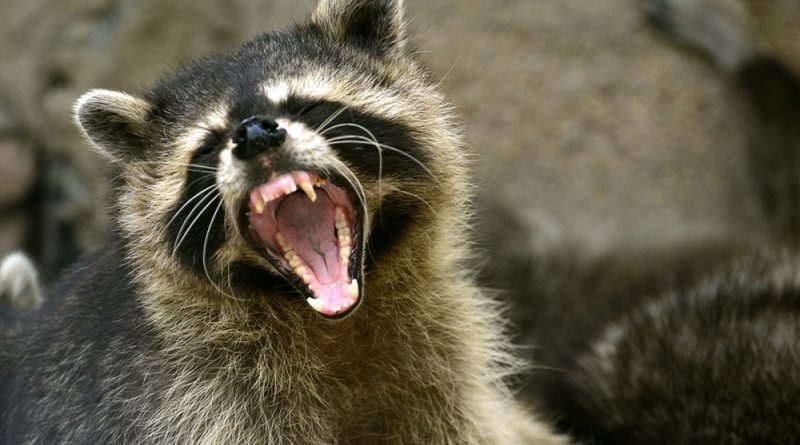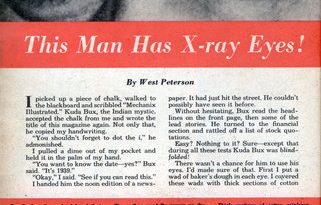‘Zombie Raccoons’ Terrorizing Ohio Town
Zombie Raccoons are approaching humans, baring their teeth and passing out in Youngstown, Ohio. They strange behavior has led to the euthanizing of over a dozen raccoons who seem to be suffering from a virus.
“Zombie-like” raccoons have made for a spooky sight in one Ohio city. Authorities in Youngstown “have responded to over a dozen” calls in recent weeks about the mammals behaving oddly in the daytime, WKBN-TV reported Tuesday.
Robert Coggeshall was playing with his beagles outside his Youngstown, Ohio, house around noon Friday when he saw the raccoon.
The 72-year-old pushed his dogs inside as the raccoon fearlessly made its way right up to the glass door, and for a few moments, the animals sat face to face, fascinated with one another.
Coggeshall thought something was wrong with the raccoon, since it was out in broad daylight. What came next confirmed that. As Coggeshall left his garage to try to shoo the animal away, the raccoon stood up on its hind feet and flashed its sharp, white teeth and pink gums. Saliva dripped from its mouth.
Suddenly, it collapsed into a comatose-like state, Coggeshall said. It soon awoke from its lethargy, walked around for a bit, then got back up on its hind feet again. “It was kind of startling,” Coggeshall told The Washington Post. “And it kept coming back to the house. It was at my door about two or three times.”
For two hours Coggeshall, a wildlife photographer and naturalist, watched the raccoon repeat the bizarre pattern over and over again. He took about 250 photos of the raccoon, which Youngstown police say is one of more than a dozen oddly behaving raccoons reported in the Youngstown area over the past three weeks.
Coggeshall thought something was wrong with the raccoon, since it was out in broad daylight. What came next confirmed that. As Coggeshall left his garage to try to shoo the animal away, the raccoon stood up on its hind feet and flashed its sharp, white teeth and pink gums. Saliva dripped from its mouth.
Suddenly, it collapsed into a comatose-like state, Coggeshall said. It soon awoke from its lethargy, walked around for a bit, then got back up on its hind feet again.
“It was kind of startling,” Coggeshall told The Washington Post. “And it kept coming back to the house. It was at my door about two or three times.”

For two hours Coggeshall, a wildlife photographer and naturalist, watched the raccoon repeat the bizarre pattern over and over again. He took about 250 photos of the raccoon, which Youngstown police say is one of more than a dozen oddly behaving raccoons reported in the Youngstown area over the past three weeks.
Robert Coggeshall was with his dogs outside his home last week when, he told the station, a raccoon headed toward them. He immediately rushed the dogs indoors and snapped photos of the furry creature. “He would stand up on his hind legs, which I’ve never seen a raccoon do before, and he would show his teeth and then he would fall over backward and go into almost a comatose condition,” Coggeshall recalled.
The raccoon Coggeshall encountered and 14 others police responded to were reportedly euthanized. The animals were probably suffering from distemper, the Department of Natural Resources (DNR) told WKBN. The viral disease causes coughing, tremors and seizures and leads raccoons to lose their fear of humans.
“Raccoons can transmit rabies, canine distemper, and parvovirus to domestic animals and humans,” DNR warns online. “You should avoid any raccoon that is active during daylight hours, has lost its fear of humans, or appears uncoordinated, confused or listless.”
Authorities are asking residents to report raccoons behaving unusually to their local police station.



